Here’s one of the most important lessons I learned this summer:
Broccoli and rhubarb are not good companion plants, if you squish them close together.
I had read somewhere that they were great companions, so I stuck a rhubarb seedling in between two of my broccoli plants. I don’t like math, so I didn’t measure anything.
Besides, I’m a greedy gardener. I tend to overcrowd plants in an effort to grow all the things.
The point of companion planting is that one companion benefits the other in some way. In the best situations, this type of planting is mutually beneficial.
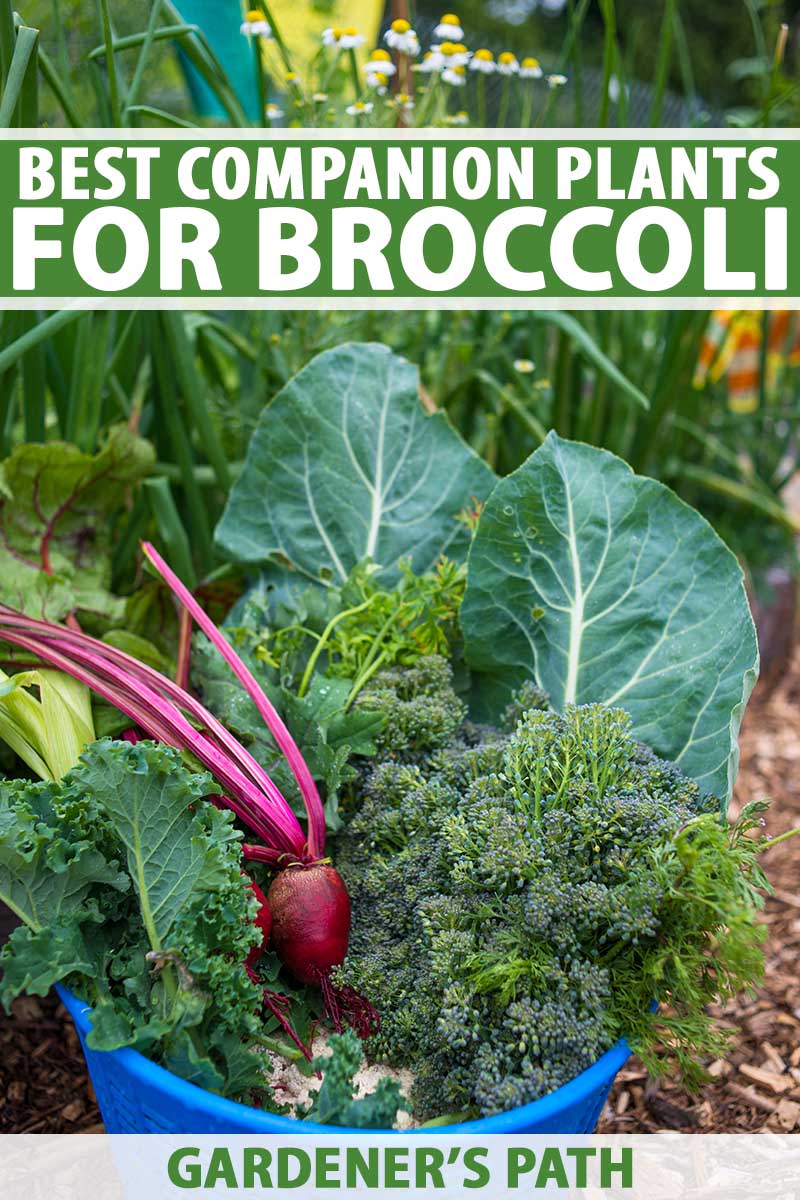
We link to vendors to help you find relevant products. If you buy from one of our links, we may earn a commission.
But here’s what happened to my rhubarb: the broccoli grew so enormously tall that it blocked every ounce of light. To compensate, the rhubarb leaves grew as large as elephant ears and the stalks got long and floppy.
Not an ideal companion-gardening scenario. I ended up moving the rhubarb to a totally different area.
But since I want to grow my favorite cruciferous vegetable again next year, I started to wonder… what companion plants grow best with broccoli? And is rhubarb really one of them?
Here’s what I discovered:
What You’ll Learn
Why Your Broccoli Needs Companions
Brassica oleracea var. italica, aka broccoli, may take up quite a bit of space in your garden. But it has a secret to share with you: if you just pick the right plants to sow alongside it, they can all thrive together.
What’s even better is that many of these companion plants taste really nice when eaten in combination with it.
Broccoli-potato-shallot soup with a lettuce, celery, and spinach salad on the side, anyone?
Yum! The cultivar I grew this summer, ‘Di Cicco,’ grows two to three feet tall and spreads two feet, making it an ideal companion for lettuce, spinach, and chamomile – all of which benefit from a bit of shade.
You can find ‘Di Cicco’ seeds available at True Leaf Market.
For a slightly more compact cultivar that pairs well with other sun-loving companions – such as beets, celery, shallots, and rhubarb – try ‘Montebello Hybrid,’ a sprouting variety from Burpee.
‘Montebello Hybrid’ spreads 20 inches and grows up to 24 inches tall.
Check out 13 of our favorite cultivars here.
The Best Companion Plants for Broccoli
Now, let’s get into the nitty-gritty of why these nine plants make perfect companions for your broccoli.
1. Beets
Here’s the reason that beets and broccoli make a perfect pair: the brassica slurps calcium from the soil like it can never get enough, while beets (Beta vulgaris) don’t need nearly as much.
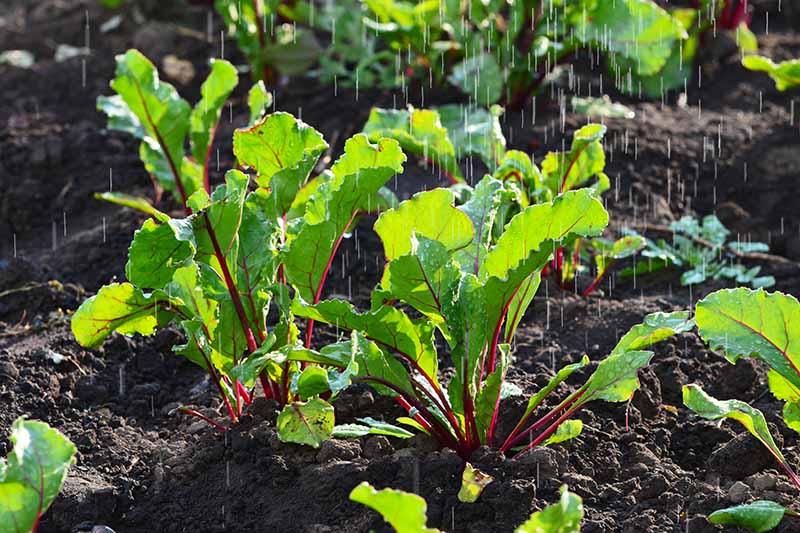
Plant the two together and you won’t have calcium-deficient broccoli, as you might if you sowed it alongside carrots and tomatoes.
Just make sure there’s a solid 15 inches of space in between the beets and the broccoli so that what happened to my rhubarb doesn’t happen to your beets.
For tasty tops and luscious, dark red roots, try ‘Lutz Green Leaf,’ they will be ready to harvest in 65 days.
Find large, tasty ‘Lutz Green Leaf’ beet seeds available at Eden Brothers or read about more of our favorite varieties here.
And if you need a refresher, check out our guide to growing beets.
2. Celery
In my garden this year, my celery (Apium graveolens) grew tall, strong, and supple. The plants held their own in the garden, and didn’t let any surrounding greens overshadow them.
I should have planted them among my Brassicas!
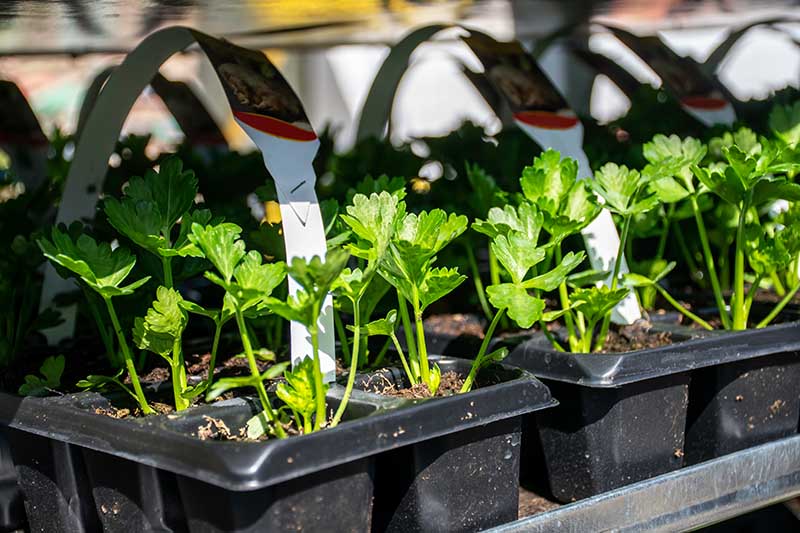
While much of what’s recommended in companion planting is more on the mythical side of things and difficult to prove with cold, hard science, some gardeners swear that celery improves the flavor of broccoli.
So, why not try growing the two together?
You can find seeds for open-pollinated ‘Pascal’ celery available at Eden Brothers.
And don’t forget to read our complete guide for the best tips on growing celery at home.
3. Chamomile
If you love herbs, try planting chamomile alongside your broccoli. Like celery, chamomile (Matricaria chamomilla) is said to improve its flavor.
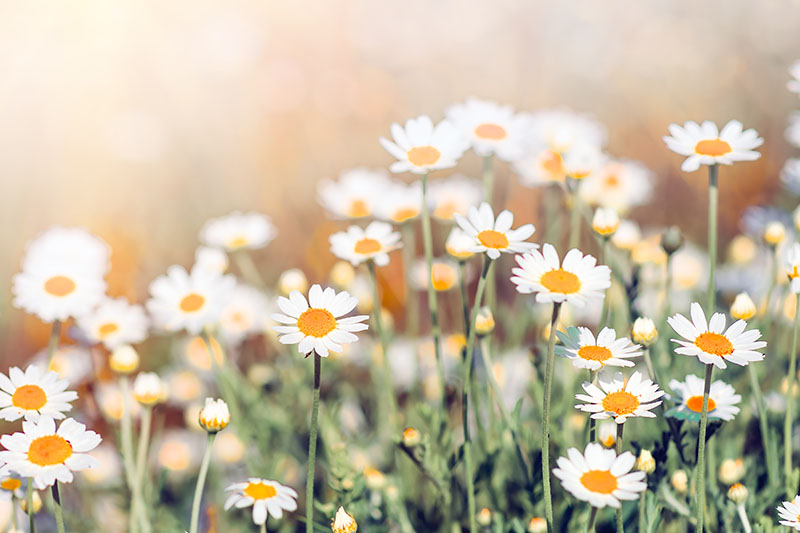
Chamomile attracts bees and other pollinators to your garden. Plus, it makes an excellent tea. Nothing soothes an aching belly like chamomile does.
You should sow chamomile seeds about eight to 12 inches apart from your broccoli plants, to give the flowers space to grow.
How lovely would it be to see the delicate white and yellow blooms popping up among your vegetables?
You can find German chamomile seeds in a variety of packet sizes available at Eden Brothers.
And read more about growing your own chamomile here.
4. Lettuce
One of the more frustrating aspects of a string of sunny days, among gardeners at least, is how quickly greens tend to bolt when this type of weather is in the forecast.
You’ll go into the garden to pick some lettuce for your lunchtime salad, only to find that your plant is flowering.
Grr!

That’s why lettuce (Lactuca sativa) and broccoli make a fine pair. The massive leaves provide shade for your lettuce, which doesn’t strictly need shade, but it doesn’t suffer from a little sun protection either.
In fact, the extra shade helps keep it from bolting quite so quickly.
Try this leaf lettuce blend from Eden Brothers. It contains eight different varieties of lettuce in a range of colors and textures.
And don’t forget to read our guide to learn more about growing the best lettuce.
5. Potatoes
Maybe you absolutely love growing potatoes (Solanum tuberosum) but feel frustrated at the amount of vegetables that can’t grow alongside them: tomatoes, peppers, carrots, cucumbers, sunflowers, onions, and the list goes on.
But guess what can grow with potatoes? Broccoli!

It’s said that while potatoes absorb lots of nutrients from the soil, they don’t mind being planted next to broccoli, as the two have different nutritional needs.
Potatoes need plenty of magnesium and phosphate, while broccoli loves its calcium and nitrogen.
Since the two plants don’t hog each others’ nutrients, they both grow happily – as long as you keep up with fertilization!
Find delicious ‘Red Luna’ potatoes in packs of 10 tubers available at Burpee.
And read our guide for expert tips to grow the best potatoes.
6. Rhubarb
After my intro, you might be surprised to see rhubarb (Rheum rhabarbarum) on this list. But really, I’m glad I initially planted the two together.
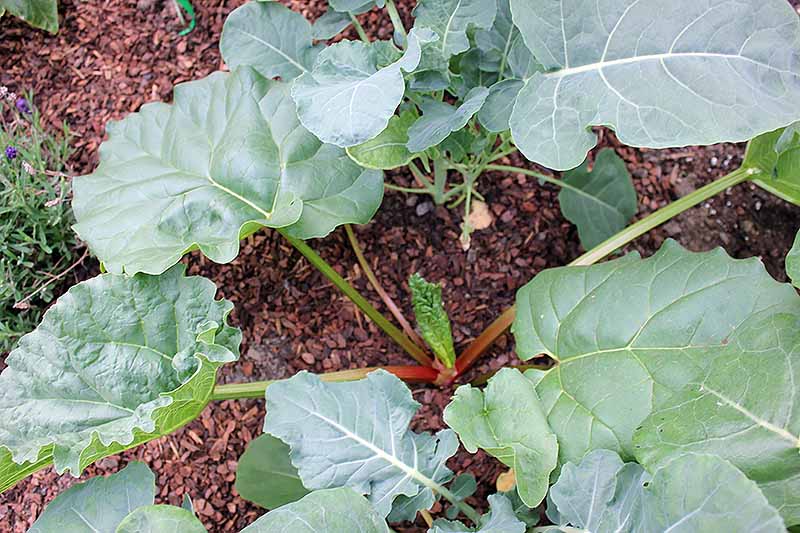
Rhubarb deters the cabbage whitefly (Aleyrodes brassier), which attaches itself to the broccoli leaves and breeds a bunch of babies, rendering the leaves inedible.
This isn’t such a problem if you don’t plan to eat the leaves, but you totally should eat them, because you can – they’re tasty and nutritious. And they’re huge, compared to the crowns.
You’ll feel more rewarded for your efforts if you eat the entire plant – leaves, crown, stem, and all. Trust me on this.
The smell of rhubarb leaves, which are full of toxic oxalic acid, is also said to deter whiteflies and other leaf-eating bugs.
Just make sure you don’t plant these companions too close to each other, like I did.
Instead, make sure you allow at least 12 to 18 inches of space between your rhubarb and your broccoli, and they’ll be just fine.
You can buy your ‘Victoria’ rhubarb seeds online at Burpee.
Yes, you read that right! You can grow rhubarb from seed! I have three thriving rhubarb plants that I grew from seed eight months ago, and I’ve already made rhubarb crumble with the stalks. So satisfying!
7. Rosemary
For a no-fuss herb that’ll soldier through all sorts of weather and even help drive pests away from your broccoli, plant rosemary (Salvia rosmarinus) in your garden.
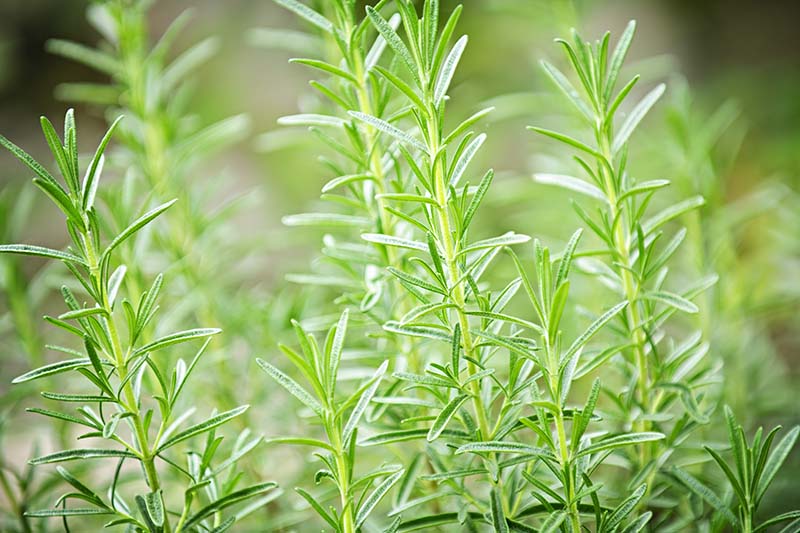
According to horticulturist Misty Kuceris of the Burke Nursery and Garden Center in Burke, Virginia, rosemary repels cabbage moths (Mamestra brassicae) and cabbage loopers (Trichoplusia ni), both of which can chew holes through your leaves and crowns and deposit frass all over the plants while they’re at it.
If you want to pluck a few stems of rosemary and spread them around your broccoli plants, at least according to gardening lore, their spiky leaves can help keep slugs and snails away too.
Find rosemary seeds available at Eden Brothers.
And read our guide to learn how to plant and grow rosemary in your garden.
8. Shallots
I used to like onions well enough. But I could never use an entire bulb in one meal, so I’d always end up with half an onion hidden away somewhere in the fridge.
Since this onion always lost its flavor after a day or two, I’d end up tossing it… after a few weeks…
I know. Gross. And what a waste!
But recently, I started growing shallots (Allium cepa var. aggregatum and A. oschaninii), which are basically small, flavorful, not-terribly-sharp onions.
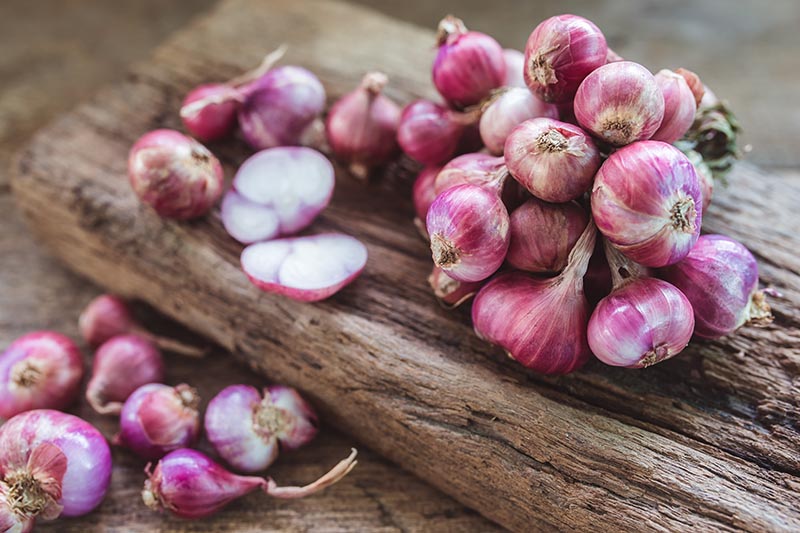
And I fell in love with them. They taste amazing in a variety of dishes, and each bulb is just enough in terms of size to make an omelet or a soup, so I don’t waste nearly as much garden goodness as I used to.
So if you haven’t grown your own shallots yet, check out our growing guide, and go plant some next to your broccoli. Like chamomile and celery, shallots are also said to make your favorite green vegetable taste even better.
You can find ‘Holland Red’ seed shallots to sow in the garden available at Burpee.
9. Spinach
I love to sneak spinach into my son’s berry smoothies. It’s the only way he’ll eat greens! So I planted spinach in my garden this summer… but not next to my broccoli.

I should have, friends. I should have.
Why? Because my spinach (Spinacia oleracea) bolted like you wouldn’t believe. I couldn’t use it fast enough: it turned into tall columns with thick stalks and progressively smaller leaves.
If I had planted it next to my broccoli instead, it would have rested in the shade of the giant leaves, feeling calm and cool rather than stressed and bolty.
Next summer, I’ll be planting my spinach just six to eight inches away from my broccoli plants so they can get some of that nice shade by the time the summer warms up.
If you want to try this too, find ‘Viroflay’ spinach seeds to plant available at Eden Brothers.
And don’t forget to read our guide to growing this classic leafy green vegetable.
Bad Companions
While these nine plants grow excellently when sown alongside broccoli, there are also a few things you should never plant near it.
First, avoid planting any other Brassicas nearby. Since they have lower nutrient needs and attract the same types of pests, planting a clump of broccoli, kale, cauliflower, and the like all together can lead to problems.
Some gardeners also avoid planting strawberries, corn, tomatoes, peppers, and any Cucurbits alongside broccoli, because these plants are heavy feeders. They’ll compete with broccoli for the same nutrients.
A Friendly Veggie – With a Few Exceptions
Companion planting is often a mixture of garden folklore and science, and we can learn a lot from trial and error by experimenting with different combinations.
With these nine good companions, you should now be armed with some ideas of what to plant with your broccoli this season.
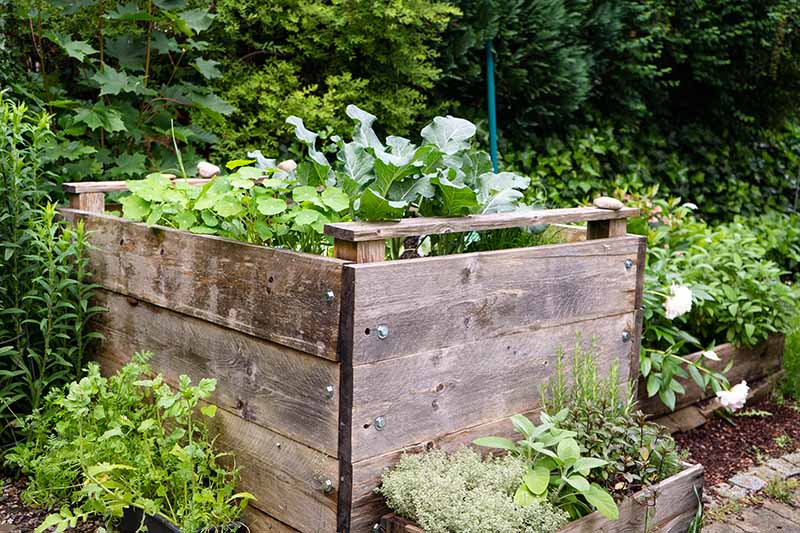
And don’t forget to check out our complete guide to growing broccoli to get started!
Do you have any companion planting mishaps or marvels to share? Let us know in the comments below!
And check out these articles for more information about growing broccoli in your garden:
- How to Start Broccoli from Seed
- How to Grow Broccoli in Containers
- Why Won’t My Broccoli Form Heads?
- How To Save Broccoli Seeds At Home
Photo by Laura Melchor © Ask the Experts, LLC. ALL RIGHTS RESERVED. See our TOS for more details. Product photos via Burpee, Eden Brothers, and True Leaf Market. Uncredited photos: Shutterstock.
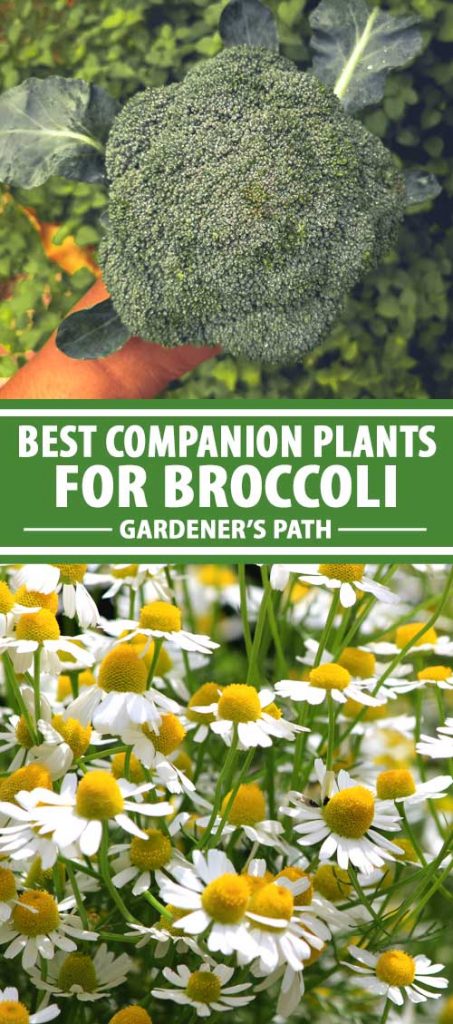

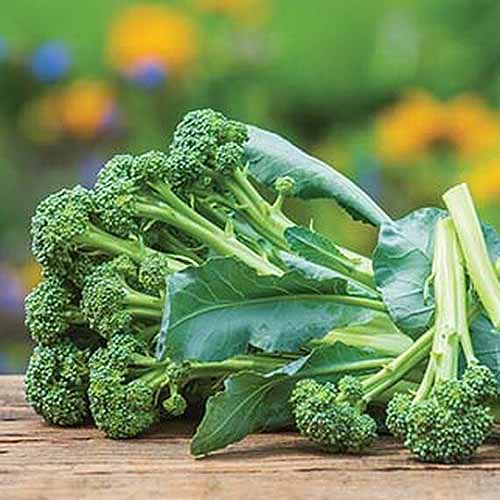
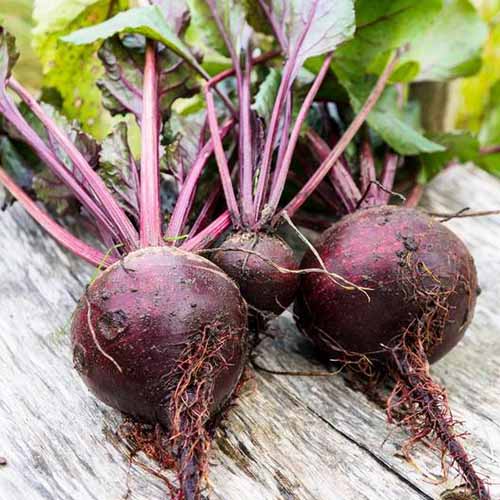

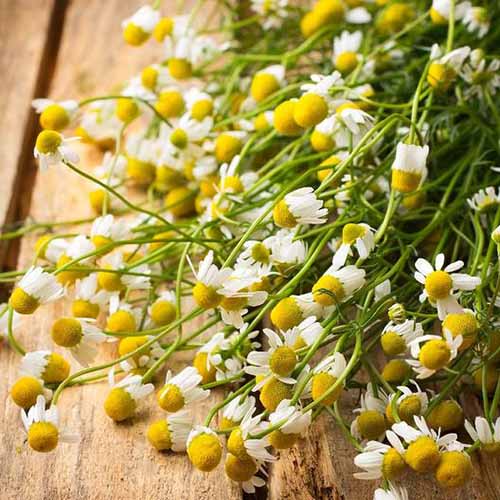
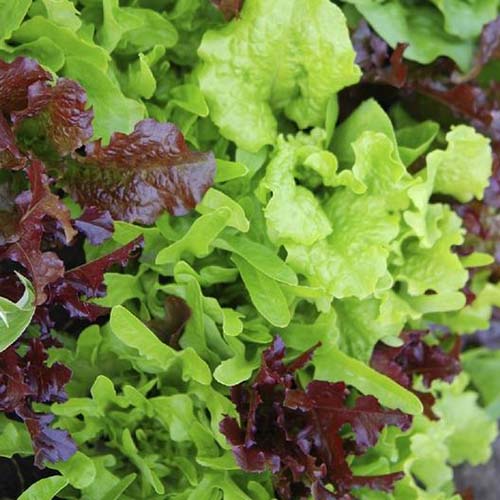

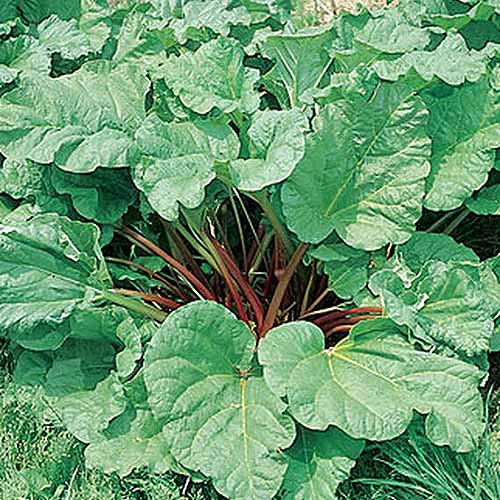
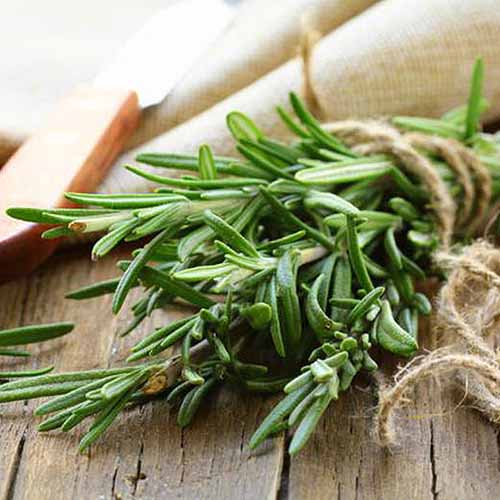
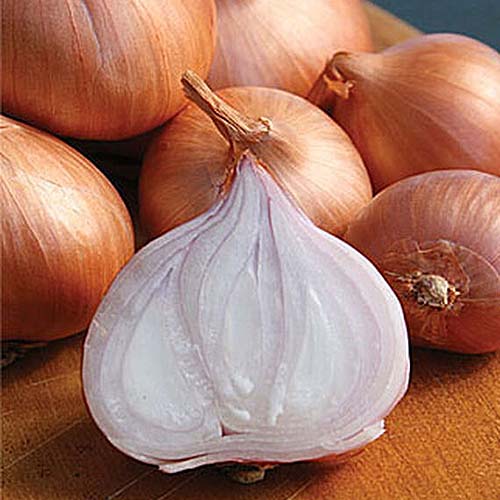

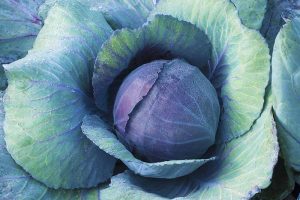
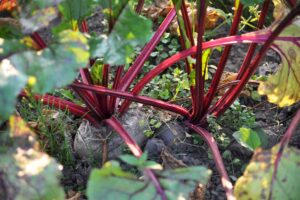
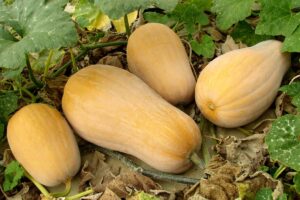
Awesome article…I have been researching companion planting 🙂
Thanks for reading James, good luck with your research!